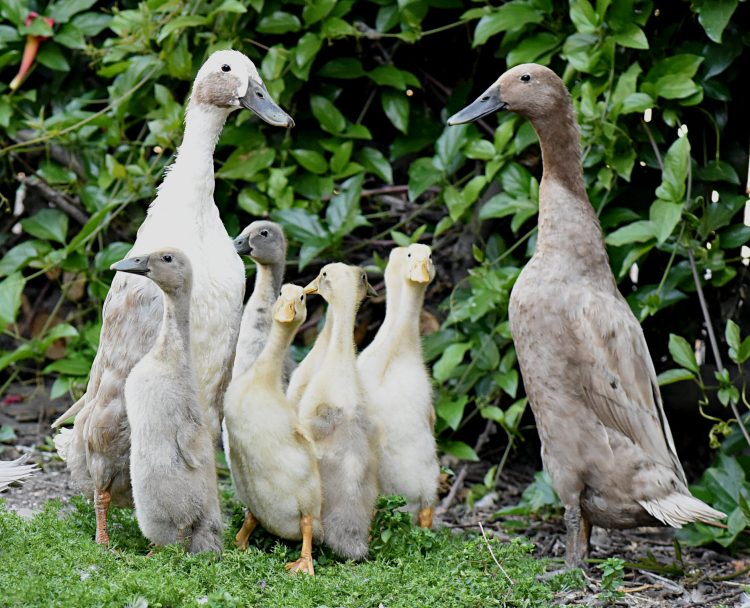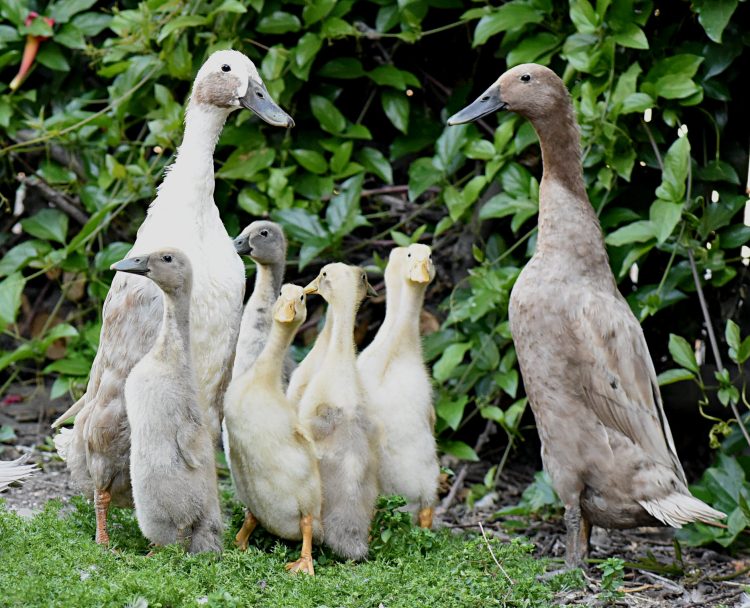The Indian Runner duck has the most distinctive body type among all the world’s duck breeds. With legs positioned further back on the body than all other duck breeds, they stand upright like penguins and run rather than waddle.
Native to the Asian continent, the Indian Runner duck is a development of the wild mallard. However, its unique evolution is believed to have been determined more by human interference than natural evolution. First encountered by European sailors during the 1800s in Indonesia, where it wasn’t uncommon for farmers to have heards of over 1,000 ducks. It stood out because of its unusual body posture and running ability, which were unusual for European duck breeds. Today, the Indian Runner is found on all the world’s continents, although it is still considered somewhat of an oddity outside of Asia.

Photo: Allan Rockefeller/Wikimedia Commons
Indian Runners are commonly known as ‘Penguin Ducks’ because of their unusual body stance. Like penguins, they stand upright, which makes them look considerably taller than all other duck breeds. Their unique posture is caused by the positioning of the pelvis more toward the tail region compared to any other domestic duck breed. This fundamental structure difference also allows penguin ducks to run rather than waddle along like other duck breeds.
While the ‘Indian’ in this breed’s name is a geographical mistake, because it actually originated in the Indonesian archipelago, the ‘Runner’ part is quite accurate. Unlike other domestic ducks, they can run, quite fast actually. They got that name from the way the old Indonesian farmers used to heard them from village to market. This helped them select the specimens with the most erect bodies and the best endurance for breeding.
Indian Runners are voracious creatures who eat almost anything of nutritious value, and in countries like Indonesia and Thailand, they are sometimes let loose on rice paddies to clean them of pests and prepare them for sowing.
Although Indian Runners have a very good meat-to-bone ratio and their meat is said to taste delicious, they are raised almost exclusively for their eggs. Their egg-laying ratio is exceptional, at an average of 300 – 350 eggs a year, on average.













